The History of Post Lighting and Its Journey to Home Use
Post lighting, those iconic lanterns mounted on tall poles, has a long and storied history that blends practical innovation with aesthetic charm. Originally designed for safety and utility, post lights evolved over centuries to become decorative fixtures that enhance residential landscapes today. Let’s explore the origins of post lighting and how it transitioned into a beloved element of home design.
The Beginnings: Safety in Public Spaces
The roots of post lighting trace back to ancient civilizations where open flames were used to light public areas. The Romans, for instance, employed oil lamps to illuminate streets and pathways in their cities, ensuring safe travel after dark. These early efforts at street lighting were largely functional, driven by the need to deter crime and improve visibility in communal areas.

By the 17th century, organized street lighting became more prevalent in European cities. In Paris, for example, oil-fueled lanterns were mounted on tall posts, earning the city its nickname "The City of Light." These lanterns required manual ignition by lamplighters, a job that became a symbol of urban life in the pre-electric era.
From Gas to Electric: A Revolution in Lighting
The 19th century ushered in the gaslight era, transforming how public spaces were illuminated. Gas-powered post lights became a common sight in urban landscapes, casting a brighter and steadier light compared to oil lamps. The advent of electricity in the late 19th century brought an even more significant transformation. Electric post lights, powered by newly developed light bulbs, quickly replaced gas and oil counterparts, offering greater safety, lower maintenance, and improved reliability.
As cities modernized their infrastructure, post lighting became a symbol of progress and innovation. Municipalities embraced electric lighting to highlight public squares, parks, and pathways, creating an inviting and secure environment for their citizens.
The Transition to Home Lighting
Post lighting’s move into residential spaces began in the early 20th century, as homeowners sought to bring the charm and functionality of municipal lighting to their properties. Initially, these lights were reserved for large estates and grand gardens, where they served both practical and decorative purposes. Homeowners used them to illuminate long driveways, pathways, and gardens, providing safety while showcasing their landscapes after dark.
As manufacturing methods advanced and electricity became more accessible, post lights became affordable for the average homeowner. The mid-20th century saw an explosion in suburban development, where post lighting became a popular feature in front yards, driveways, and patios. These fixtures offered not only practicality but also a sense of elegance, enhancing curb appeal and creating a welcoming atmosphere.
Modern Designs: Style Meets Function
Today, post lighting is as much about design as it is about illumination. From traditional lantern-style designs to sleek, modern fixtures, post lights come in a wide range of styles to suit any aesthetic. Technological advancements like LED bulbs and solar-powered options have made them more energy-efficient and environmentally friendly, further increasing their appeal for homeowners.
Post lights now serve a variety of purposes, from marking driveways to highlighting garden features. They remain a versatile and timeless choice for outdoor lighting, blending practicality with decorative charm.
Post lighting has come a long way from its humble beginnings as a safety measure in ancient cities. Its evolution from oil and gas lamps to electric and solar-powered designs reflects broader advancements in technology and design. Today, post lighting continues to illuminate homes and gardens, adding beauty and security to residential spaces while maintaining its historical charm.
Whether you’re drawn to the nostalgia of vintage lanterns or the sleek lines of contemporary fixtures, post lighting remains a testament to humanity’s enduring quest to bring light into the darkness.






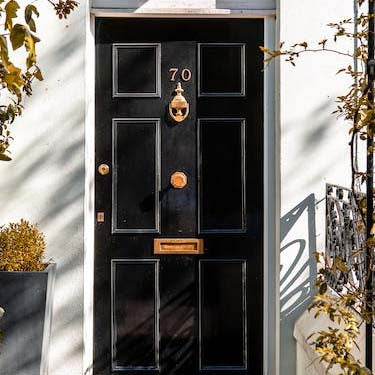
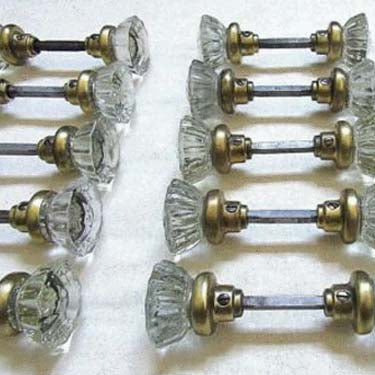





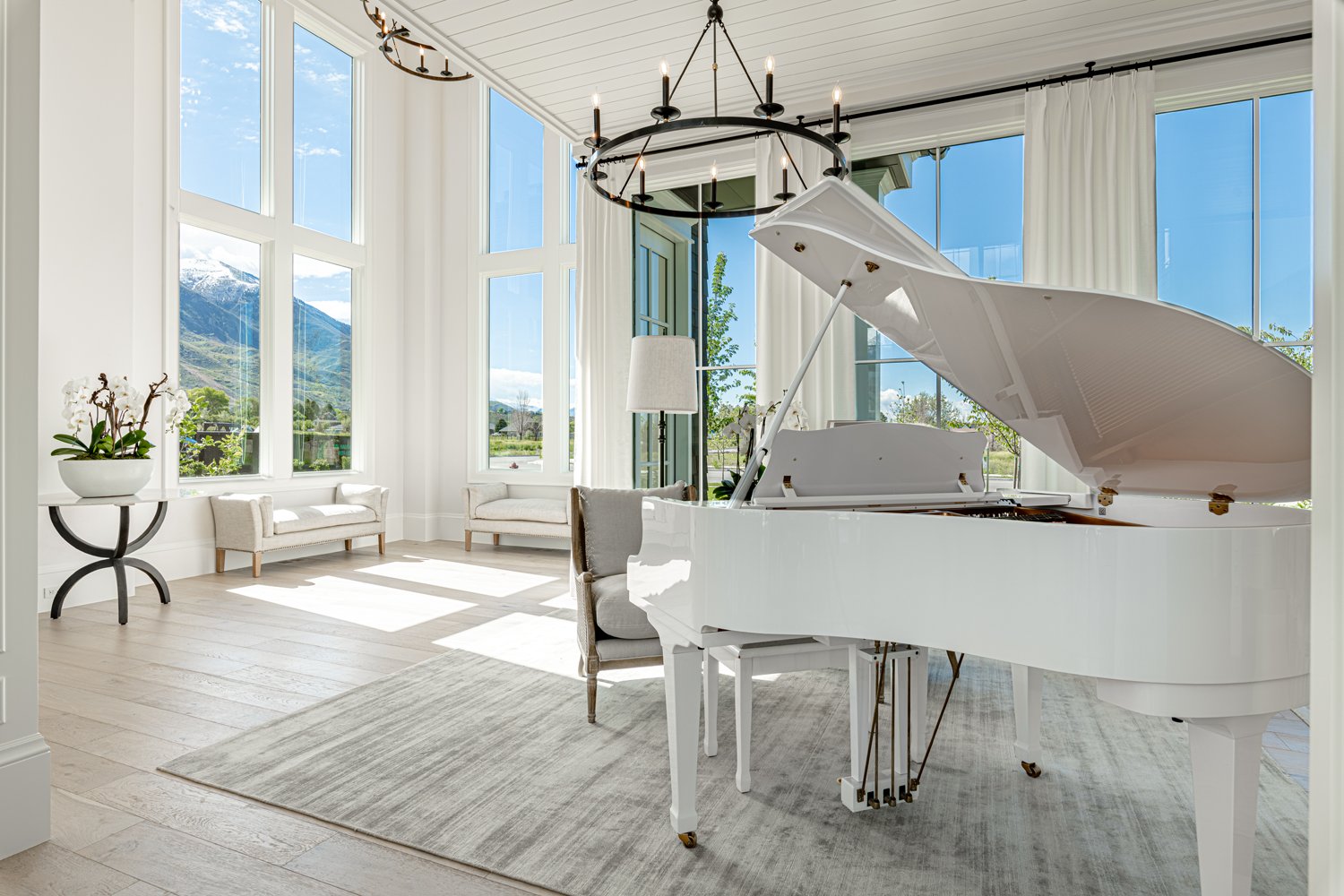
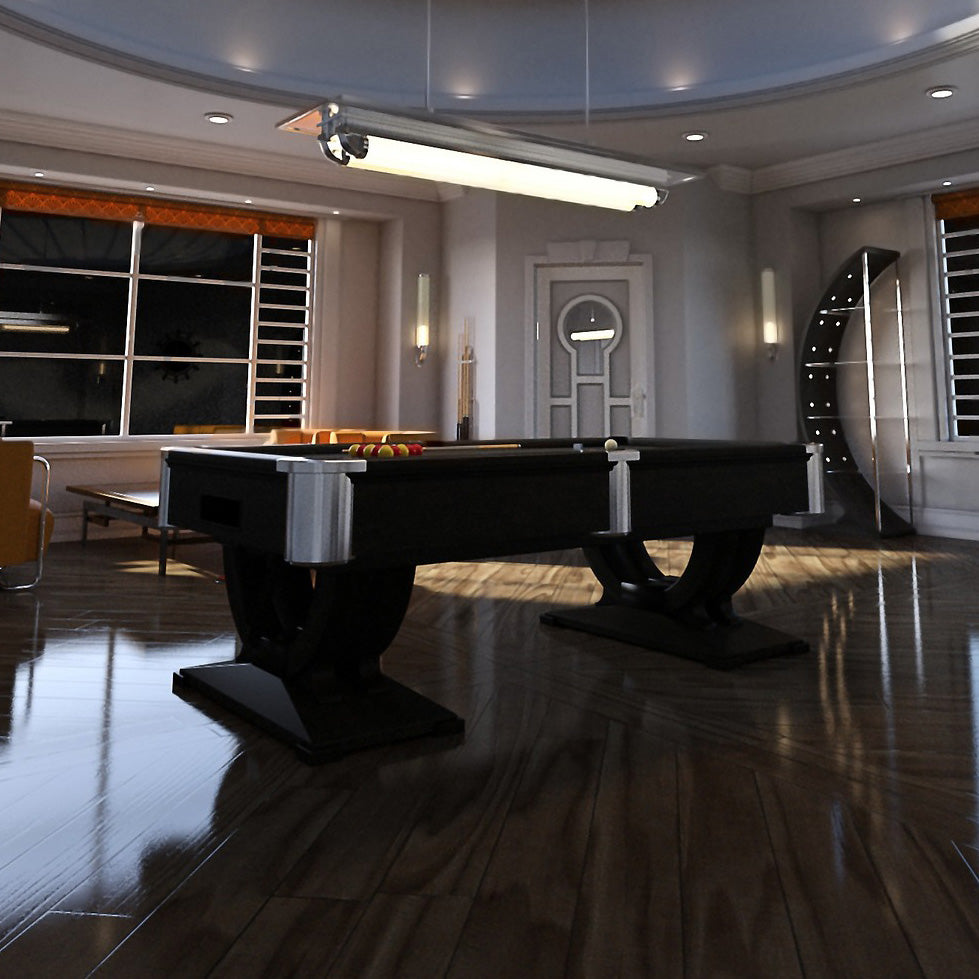
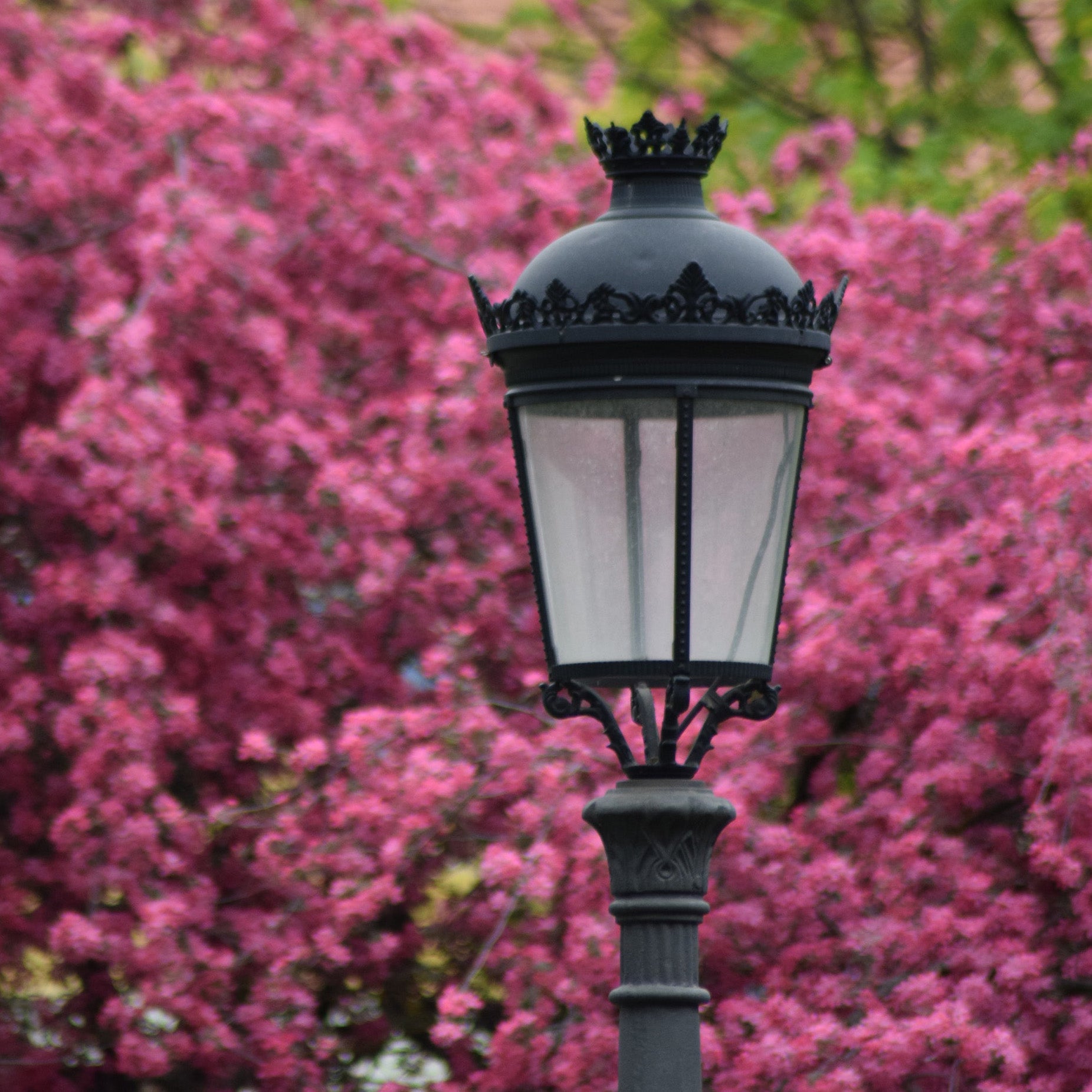
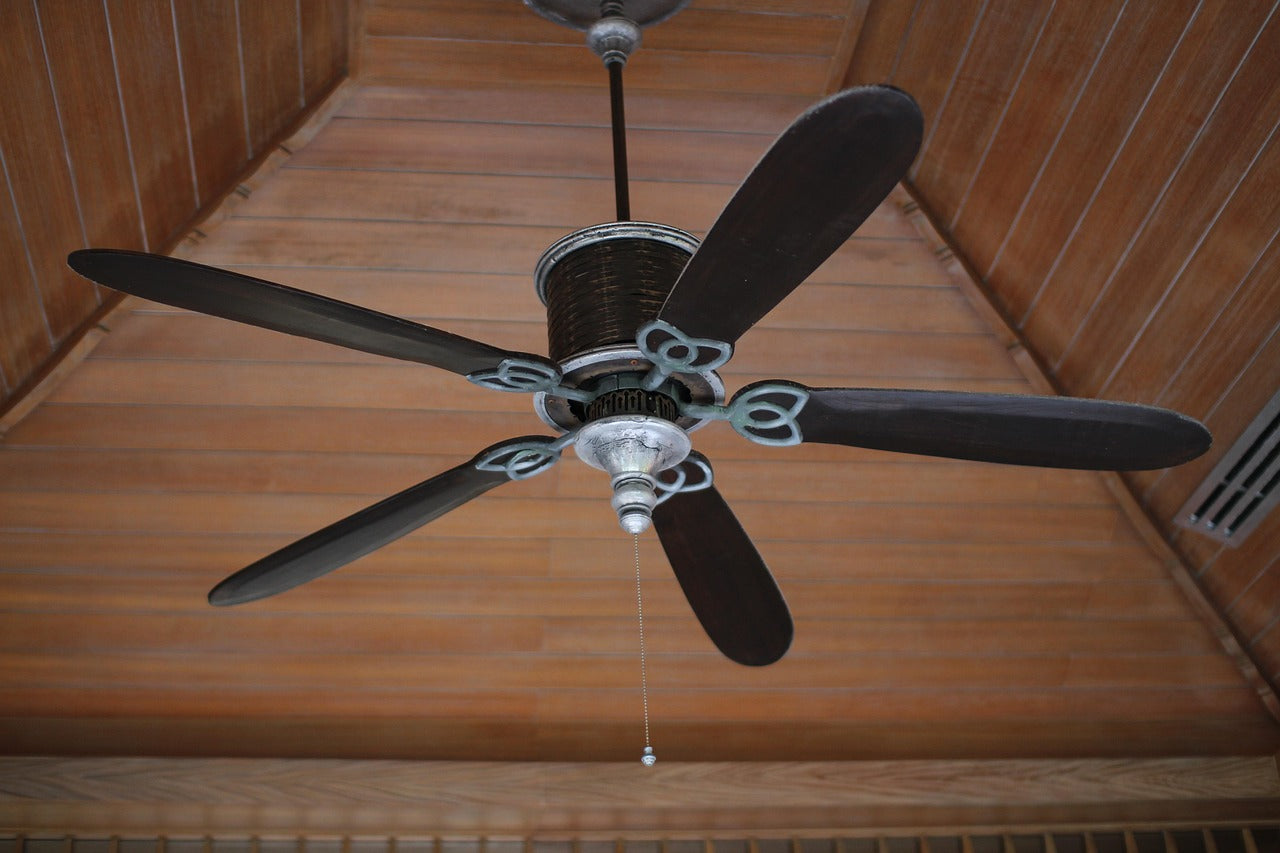
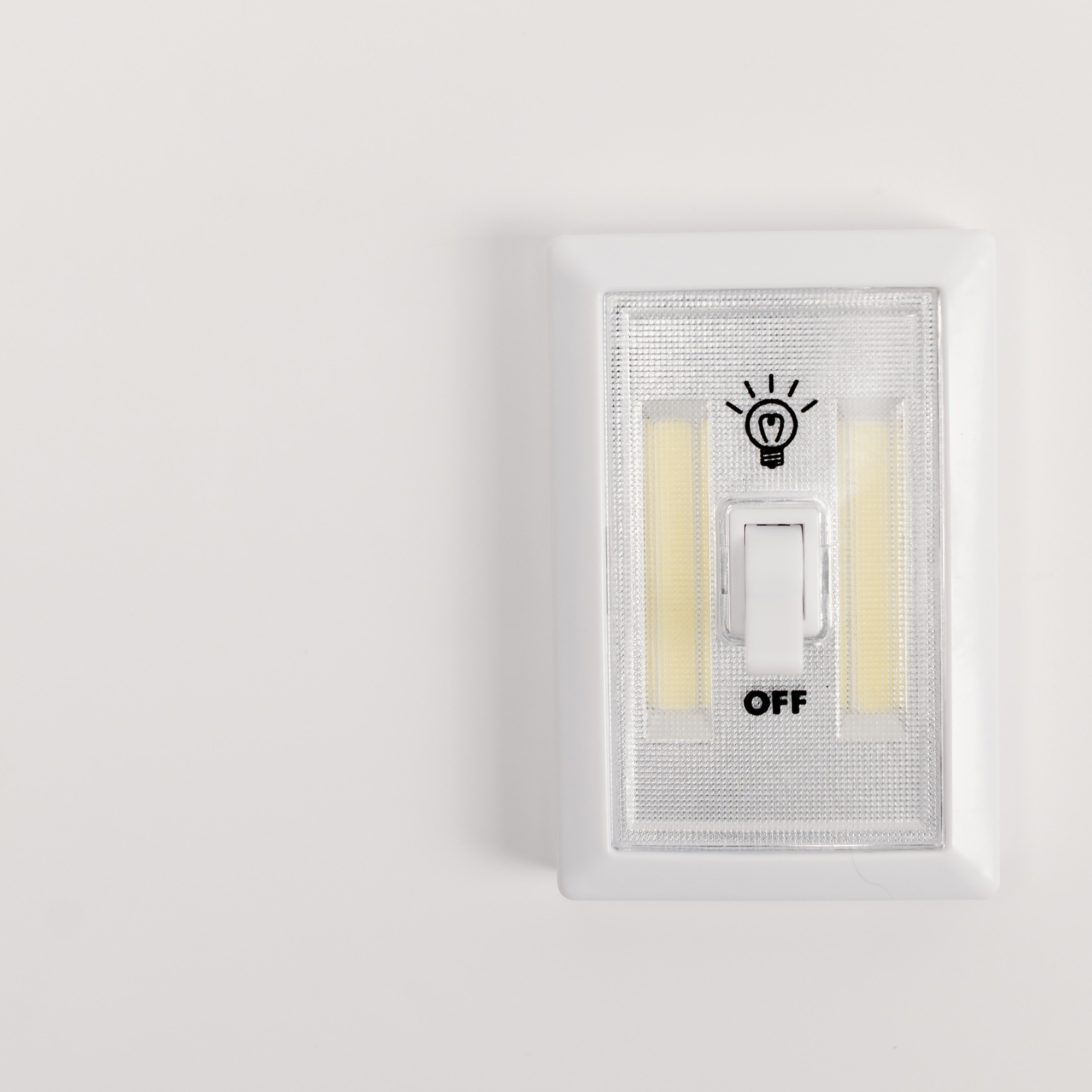







Leave a comment